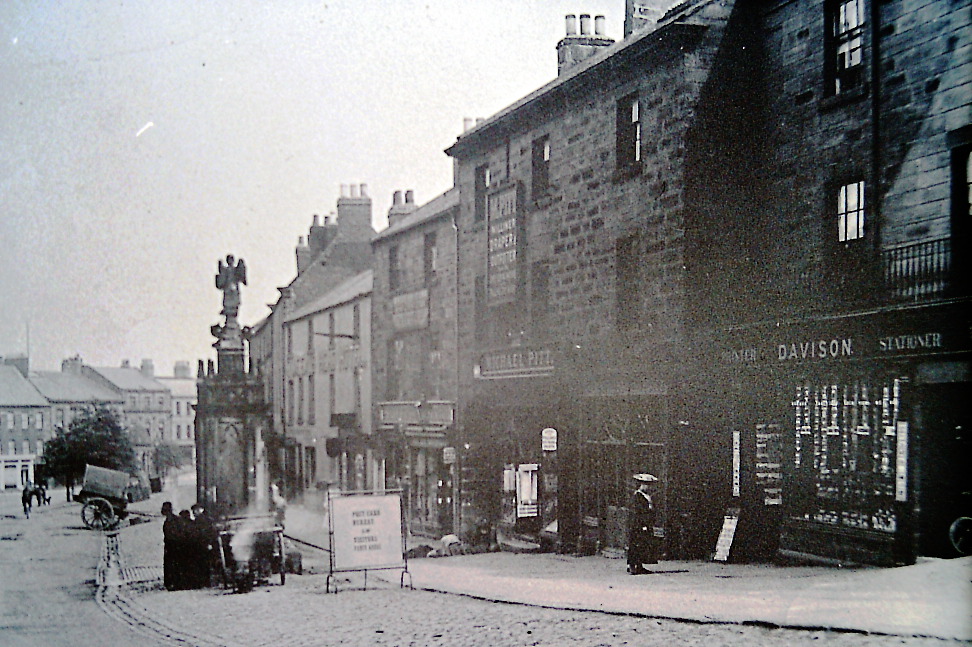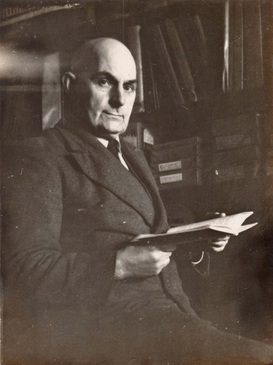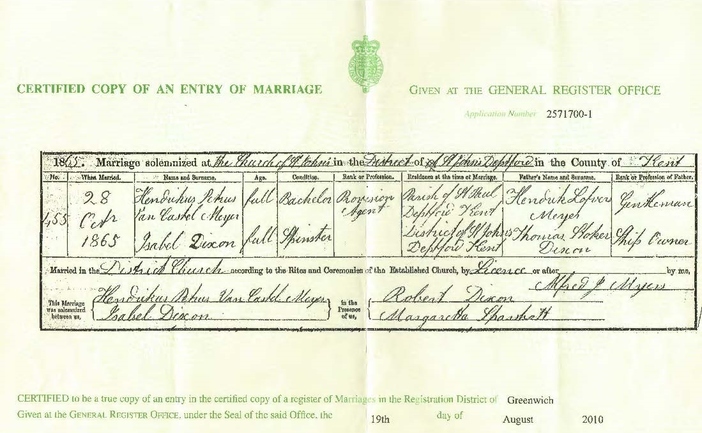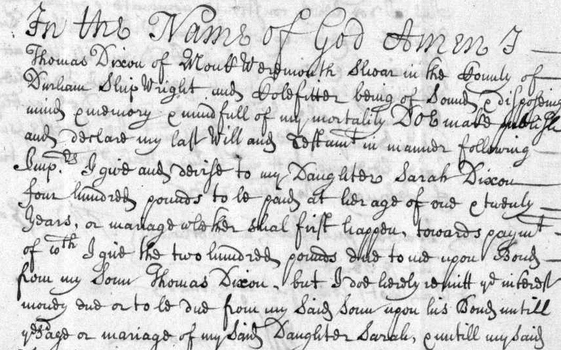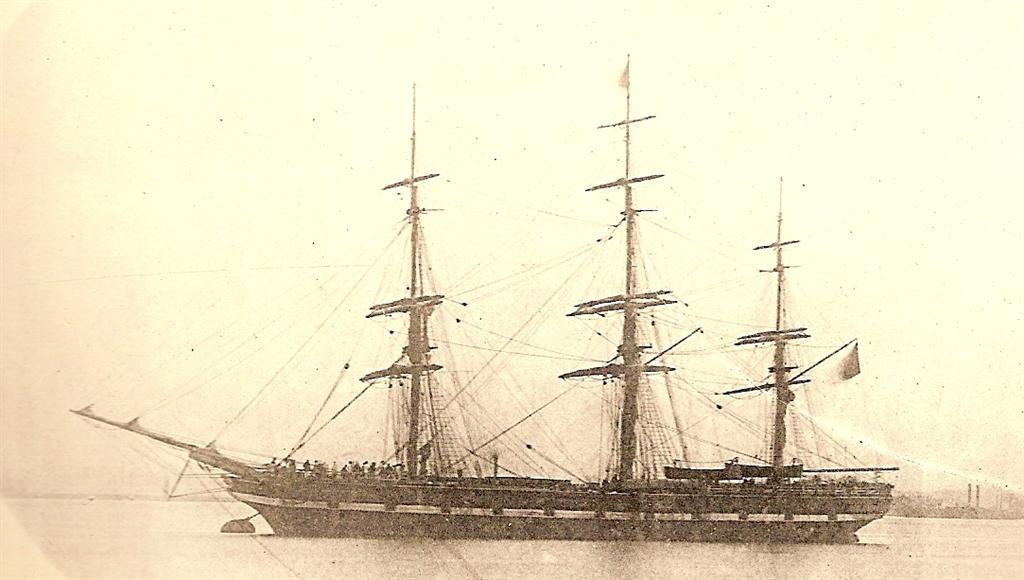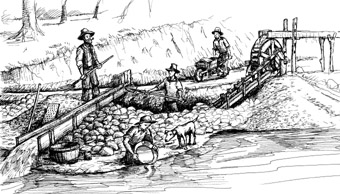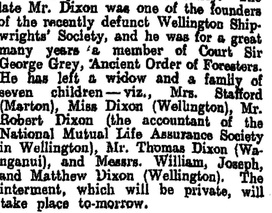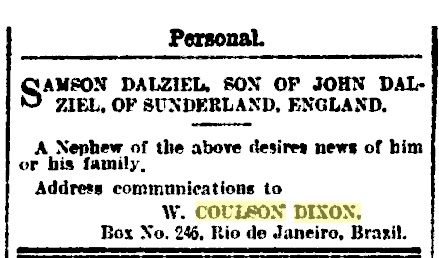IntroductionAs many of you know I am currently working on a book about my own family, detailing their ancestors and their stories, collating photographs and as much information as I can find as a record for future generations. This particular blog looks at the ancestors of my paternal grandmother Alain Davison, born 1907, in Alnwick Northumberland and her maternal line about very little was known. I am hoping that some of you out there can add to what I have already unearthed and who knows I may even have living relatives, albeit rather distant, still living in New Zealand and elsewhere! As my grandmother informed me years ago, that my first word was “boat” (pronounced in a rather broad Northumbrian accent), it seems fitting to focus the attention of this post on her family’s association with the sea and “boats”! Armed with a few pieces of monogramed silver plated spoons, a 19th century silver marriage cup engraved with sailing ships, that may or may not have had family connections, and a good dose of family ‘legend’ I set out to see what I could discover. Rule one, start at the beginning with known facts and work backwards. Myself and colleagues are sometimes asked to trace a family connection to objects such as silver bearing initials or a family crest. Very often there simply isn’t one and the objects have been purchased at a later date in order to give the family a “history”. This type of family legend often ends in disappointment Alain DavisonAlain was born at the Pant House 5 March 1907, the youngest of three daughters born to John Davison, Printer and Stationer and Grace Elysabeth Meyer his wife. The house and shop is still in existence today as ‘Sportsworld’ but alas the print works to the rear of the premises was converted into flats many years ago, but not before Gran and I had a nostalgic look around the old building and she described where the printing presses etc., had once stood. Being younger than her siblings Reiniera and Isobel by 12 and 17 years respectively she was fondly referred to as “the kid”. She would often tell of her childhood and the hours spent walking on the moors with her father and of the Dutch ancestry on her mother’s side by the grand name of Van Castel Meyer. Alas beyond that very little was known. Where and how Alain’s parents met is a mystery but they were married at St Marys Church, Hornsey Rise, Islington on 10th December 1889. Grace Elysabeth the daughter of Henry Meyer, occupation “labourer”. The announcement of their marriage in the Newcastle Courant would indicate that her father’s full name is Hendrick van Castel Meyer and that he was deceased by the time of her nuptials. What I do find most odd however, is that Grace Elysabeth or ‘Tissie’ as she was known was in the possession of a quantity of monogramed silver spoons, her own children’s set with G.E.M, her father’s engraved H.M, presumably her mother’s with I.V.M and other engraved with the single letter ‘D’. Not exactly the sort of possessions I would normally associate with a labourer, or his daughter! Grace Elysabeth Meyer - Born on Christmas Day!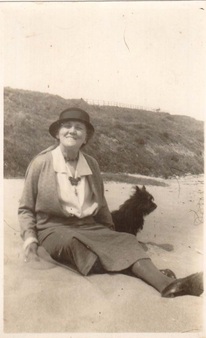 Grace Elysabeth (Tissie) Meyer Grace Elysabeth (Tissie) Meyer Grace Elysabeth was born on 25th December 1866 and was christened in the parish of St John’s, Deptford Kent on the 23rd January 1867. At the time she and her parents Isabel and Hendrikus Petrus van Castel Meyer are living at No 2 Ashby Terrace, Brockley Road, Deptford, Kent. Her father’s occupation is listed as a provision merchant. In the 1871 England census the family is living at 79, Manor Road, Deptford. Hendrikus (now simply Henry Meyer) is still a provisions merchant and living with them is his younger brother Reinier H, a colonial merchants clerk. The birth place given for the two brothers is Groningen, Holland. An interesting point of note is that both Ashby Place and Manor Road are in respectable residential areas and although relatively close to the docks are home to professional middle class folks. For Henry Meyer to be described as a labourer he must have encountered a spectacular down turn in fortune. If this was the case, surely one of the first things to go would be the family silver? I can’t help but liken my 2x great grandfather to Mr Micawber from the 1850’s Dickens novel David Copperfield! After 1871 the family seems to disappear, with only a possible listing for Henry in the 1881 England census where his occupation is listed as accountant. He is listed as married but of his family and brother there is no sign. By the time of his daughter’s marriage to John Davison in 1889 he has passed away, shortly to be followed by his brother Reinier Hendrick Meyer in London in 1894. The witnesses to Grace’s marriage are John Davison’s sister Sarah Ann Davison and William Cockburn Robertson, who would also appear to be a native of Alnwick. Her residence at the time is 20 Ella Road, Islington, and the occupation box is blank. As there is no mention of her mother it is possible that she too had passed away and there is a possible record in support of this in Islington in 1884. It may be that Grace spent most of her formative years in Holland. I heard many years ago from one of my grandmother’s elderly friends that she spoke English with a strong accent “because she was Dutch you know”! Where ever she grew up she lived to the grand old age of 82 and passed away in 1949. But what of her mother Isabella and her family? Isabella and the Dixon’s of Monkwearmouth From the marriage certificate of Hendrikus Petrus van Castle Meyer of 28 October 1865, provision agent, son of Henry Lofvers Meyer, gentleman, the brides name is given as Isabella Dixon daughter of Thomas Stoker Dixon, Ship Owner. The census of 1871 states her place of birth as Sunderland. Her birth certificate confirms that she was born in Southwick, Sunderland on 6th December 1839 to parents Thomas Stoker Dixon, ship builder and his wife Grace Greig. Isabella was the youngest but one of eight children and the only daughter to survive into adulthood. Sunderland, including Monkwearmouth and Bishopwearmouth was a mecca for ship building and was once referred to as the “largest ship building town in the world”. At the time of Isabella’s birth in 1839 there were around 76 shipbuilding yards, her father’s being but one of them. There are many references to Dixons and ship building in Monkwearmouth throughout the 18th and 19th century, and the Christian name Thomas is particularly prevalent. The earliest will I have found is for Thomas Dixon ship builder and coal fitter in Monkwearmouth Shore in 1723 and ditto for 1765. It is unlikely that I will ever be able to connect these families to my own as most of the parish records I have traced are from St Peters church which lost all its old records in a vestry fire in 1790. The wills make interesting reading nonetheless, and sheds a great deal of light on the social and economic history of the time. More on Monkwearmouth, The Dixons and shipbuilding on Wearside can be found here:- http://www.victoriacountyhistory.ac.uk/explore/items/signs-monkwearmout_hs-past-dixons-square http://www.bbc.co.uk/wear/content/articles/2008/01/16/shipbuilding_has_been_20_years_feature.shtml In 1841 Isabella Dixon and her family were living in Adelaide Street, Monkwearmouth but by the time of the next census in 1851 she, her mother Grace and her youngest brother Joseph have moved to No 10 Derwent Street, Bishopwearmouth. Grace is a widow her husband Thomas Stoker Dixon having died in 1844. Isabella’s brother Robert had been admitted to the Greenwich Hospital School in 1848 and her older brothers were pursuing their careers at sea, with at least two William Coulson Dixon and Matthew Dixon achieving the status of Master Mariner. By 1861 the family have made the move to London and two of her brothers had married there, William Coulson to Sarah Jane Dalziel in December 1856 and eldest brother Thomas Stoker (occupation carpenter) to her sister Elizabeth Martha Dalziel in April 1857. It is to this gentleman that the focus now turns, and his exploits as recounted in an obituary in the New Zealand press in 1913. Thomas Stoker Dixon the SecondThe obituary tells us that Thomas went to sea as a ship’s carpenter for the Blackwall Line, making several voyages to China and India. He then moved to Victoria in Australia where he worked on a small steamer running between Melbourne and Launceston in Tasmania. In 1860 he and his brother Captain Matthew Dixon went to Dunedin in New Zealand to try their luck in the Otago goldfields, being early diggers at Gabriel’s Gully. They were apparently the first men to employ a Californian pump, which worked so effectively the Dixon brothers were repeatedly requested to make similar pumps for other prospectors. They declined to do so believing they were going to “strike it rich” in their own claims. However they did not, they then moved to the Dunstan goldfield and experienced a similar lack of success. It is reported that Thomas Stoker Dixon arrived in Wellington in 1864, together with his wife whom he had married in Dunedin where he used his carpentry skills to assist the famous Jewish pioneer Solomon Levy in the construction of various buildings within the city. He then entered into a partnership with a Mr Paul Coffey in the business of shipwrights, and “thriving business was done in repairing the numerous schooners, ketches and cutters which traded to this port in those days”. On the dissolution of the partnership owing to the ailing health of Mr Coffey, Thomas joined forces with Mr Matthias Clatworthy who met an untimely end in Evans Bay whilst repairing a Harbour Board punt. Thomas Stoker Dixon the 2nd passed away at his home No 42, Oriental Bay, Wellington on 4th October 1913 aged 83 yrs. and was survived by his wife Elizabeth who died the following year on 27th June aged 78. Wife married in Dunedin? Surely that can’t be correct, this has to be Elizabeth Martha Dalziel who he married in London in 1857 and has since come to join him?, or is it? Elizabeth Martha Dalziel was born 1834 in Sunderland to parents John and Eleanor Dalziel. Following her marriage Elizabeth Martha is living with her parents , Sister Sarah Jane and quite an assortment of other married and unmarried siblings in the 1861 census. The only absentee being her brother Samson. It is perfectly possible of course that she shipped out to New Zealand after this date, but hang on there she is again in 1871, occupation milliner and dressmaker with the box for condition as to marriage left curiously blank. Had she travelled back to the UK for some reason, perhaps to visit her aged widowed mother Eleanor? The obituary for Thomas very kindly lists the names of his seven children, the births of 4 of which I have found within the New Zealand birth records John b.1867, Grace Ann b. 1873, Matthew b. 1875 Joseph James b.1879 and their Mother is indeed called Elizabeth that leaves three unaccounted for, namely Thomas (Stoker) Dixon the 3rd, William Dixon and Isabella Dixon. Then in March 1902 this advertisement appears in the New Zealand Herald. If W Coulson Dixon's mother was indeed Elizabeth Martha Dalziel, then naturally Samson would be his uncle. Equally this may be the son of her sister Sarah Jane Dalziel (married name Dixon) born in Newcastle in 1872. What was William Coulson Dixon doing in Brazil?, and why was he so anxious to find Samson? ConclusionWhatever standing Thomas Dixon Stoker my 3x gt grandfather had enjoyed in life is unclear as I have yet to find a probate record, but whatever it was it would appear to have been sufficient for him to be named as “Thomas Stoker Dixon Ship Owner” on the marriage certificates and newspaper announcements of his children some twenty plus years after his death. I have in part verified that the cutlery did indeed belong to the family. The marriage cup which appears to have the initials RBD to EEG engraved on it remains unresolved. As for the apparently "globe trotting" Elizabeth Martha Dalziel I would love to be able to establish whether she is the mother of the seven children of Thomas Stoker Dixon (2), or did Thomas as the obituary would suggest, sneakily marry another lady by the name of Elizabeth whilst in Dunedin?
Before I sign off it is interesting to note that Thomas Stoker Dixon (3), son of the above, learned from the mistakes of his forefathers and actually registered a patent for his invention (an improved electric alarm system) in 1922. Some Useful Research Links http://paperspast.natli_b.govt.nz/ https://www.bdmonline.dia.govt.nz/ http://www.britishnewspaperarchive.co.uk/
4 Comments
|
AuthorSusie Douglas Archives
August 2022
Categories |
Copyright © 2013 Borders Ancestry
Borders Ancestry is registered with the Information Commissioner's Office No ZA226102 https://ico.org.uk. Read our Privacy Policy
